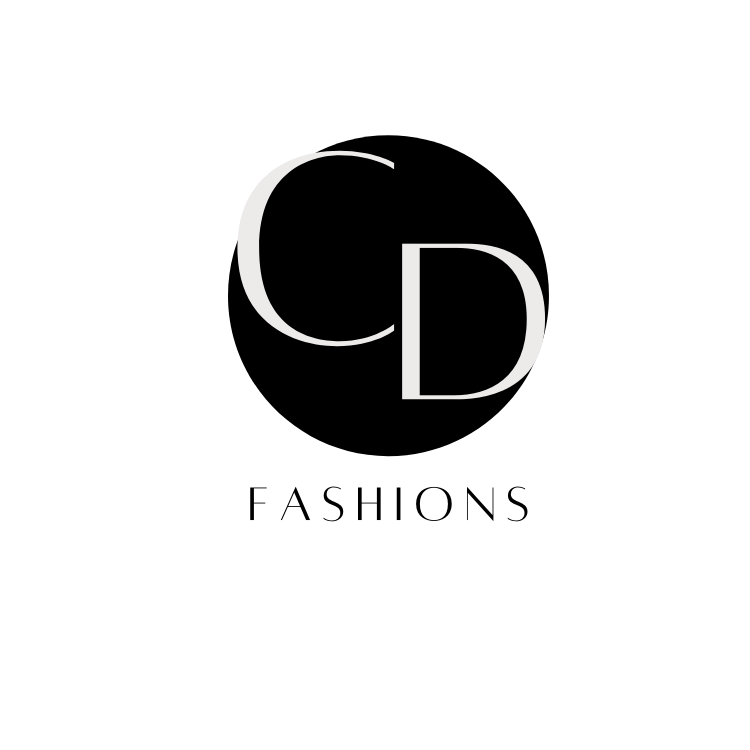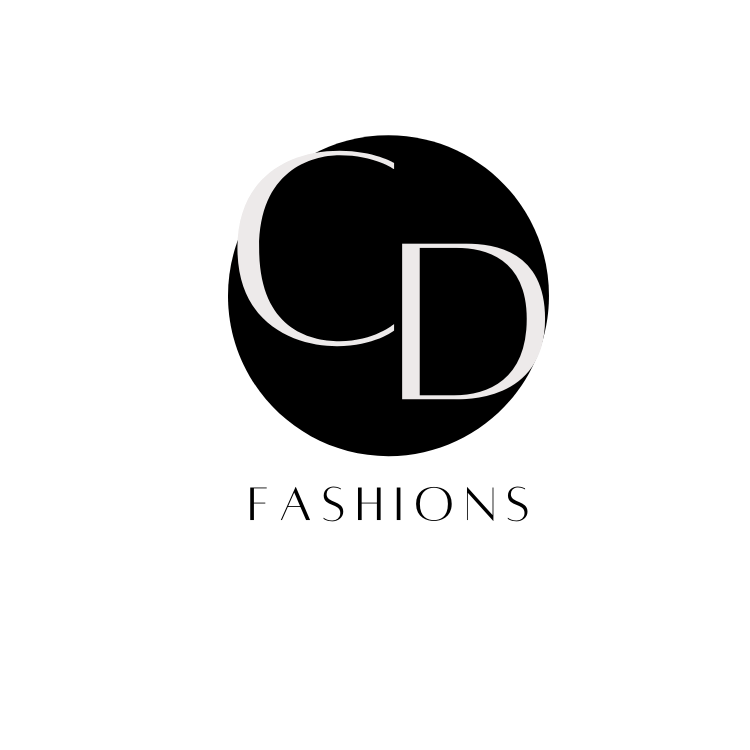
Title: Mastering Percentages: A Step-by-Step Guide to Calculating with Confidence
Percentages play a significant role in our daily lives, from understanding discounts during shopping to analyzing data trends and making financial decisions. Whether you're a student, professional, or simply curious about percentages, this guide will walk you through the process of calculating percentages with ease and confidence.
Understanding the Basics: What is a Percentage?
A percentage is a fraction of 100. It expresses a part of a whole in relation to the total. The symbol "%" is used to denote percentages. For instance, if you have 20 out of 100 apples, you can say you have 20%.
Calculating Percentages: Step-by-Step Guide
Step 1: Identify the Whole and the Part Before you can calculate a percentage, you need to identify the whole (the total) and the part (the portion you're interested in). This could be anything from a total quantity of items, a budget, or a value within a dataset.
Step 2: Set Up the Percentage Formula The basic formula for calculating a percentage is:
Percentage = (Part / Whole) * 100
Step 3: Perform the Calculation Plug in the values you identified in Step 1 into the formula. Divide the part by the whole and then multiply the result by 100 to get the percentage value.
Step 4: Interpret the Result The calculated percentage is the part expressed as a fraction of the whole, multiplied by 100. This gives you the proportion of the whole that the part represents.
Example 1: Finding a Percentage of a Whole
Let's say you have 25 blue marbles out of a total of 80 marbles. To find the percentage of blue marbles, use the formula:
Percentage = (25 / 80) * 100 = 31.25%
This means 31.25% of the marbles are blue.
Example 2: Calculating a Percentage Increase or Decrease
Percentages are also useful for calculating changes. Suppose a stock price increased from $50 to $60. To find the percentage increase:
Percentage Increase = ((New Value - Old Value) / Old Value) * 100
Percentage Increase = ((60 - 50) / 50) * 100 = 20%
This means the stock price increased by 20%.
Example 3: Working Backwards - Finding the Whole
Sometimes you might need to work backward to find the original value when you know the percentage and the part. If you know that 15% of a number is 45, you can find the original number:
Original Number = Part / (Percentage / 100)
Original Number = 45 / (15 / 100) = 300
Conclusion
Calculating percentages is a fundamental skill that finds applications in various aspects of life. From determining discounts to interpreting data trends, percentages provide valuable insights. By understanding the basic formula and following the steps outlined in this guide, you can confidently calculate percentages and use them to make informed decisions. So go ahead, tackle those percentage calculations with ease and accuracy!





